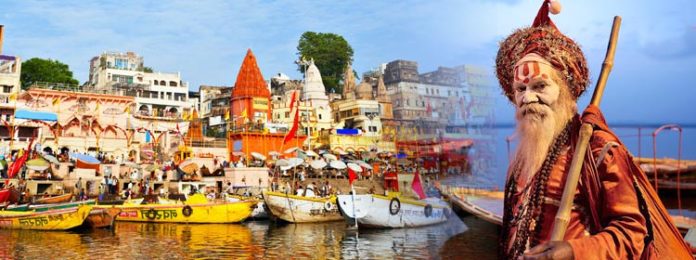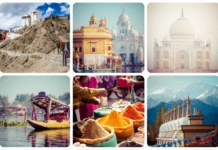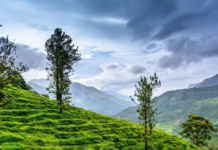Shiv ki ‘Kashi’, better known as ‘Varanasi’ in one of the ancient holy cities of India that accommodates ‘ghats’ (riversides), ‘gally’ (alleys) and temples where the Hindu priests perform complex religious rituals. The holy Ganges (Ganga) meanders through the city, showering its blessings on the city dwellers, in the form of its pure, divine waters. In return, the locals express their gratitude by conducting ‘aarti’ and ‘puja’ on its banks twice a day.
The ‘Mahaarti’ at Dashashwamedh Ghat is a stirring spectacle that beautifully captures spiritualism, religion and traditions in a single event. Other than the Mahaarti, there are plenty of other things to do and places to explore in Varanasi. Vishwanath Temple, Sarnath Monastry, BHU (Banaras Hindu University) being one of them. However, before you head out to the city, let’s head back to the river shores.
There’s something about the ‘ghat’ that makes it totally tempting. Rowing boats through the early morning mist and stunning scenery at the sunset when the sun goes down, beyond the waters is a beautiful experience in itself. The majestic fire roar to life at the time of aarti. And, how can one forget the early morning feasts that involve Kachaudi (stuffed, deep fried bread) with spicy potato curry and Jalebi (local dessert)? In case you missed these, the next time you visit Varanasi, make sure that you include these ghats on your bucket list.
Ganga Ghats Varanasi: Things to Do when you Visit these 8 Stunning River Shores
- Dashashwamedh Ghat
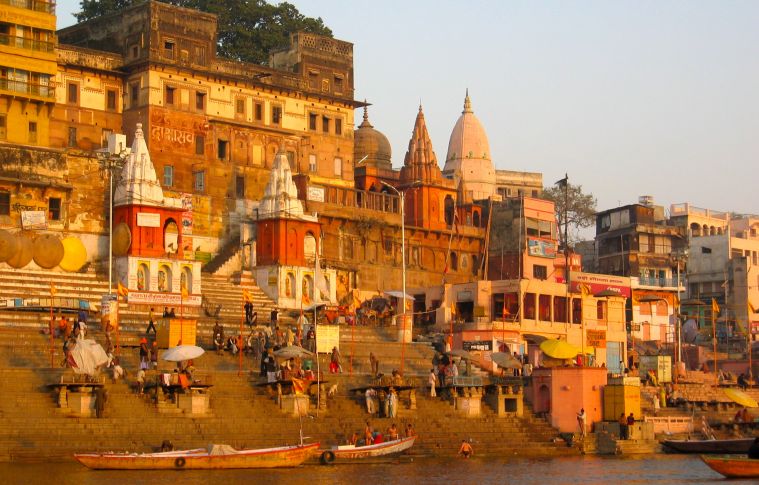
Significance: This is where Lord Bramha sacrificed 10 horses to perform a Hawan. It’s the oldest pilgrimage site.
What to do: Witness the gorgeous Ganga Aarti, munch on Prasad, shop for local stuff and visit the Vishwanath Temple located nearby.
- Darbhanga Ghat
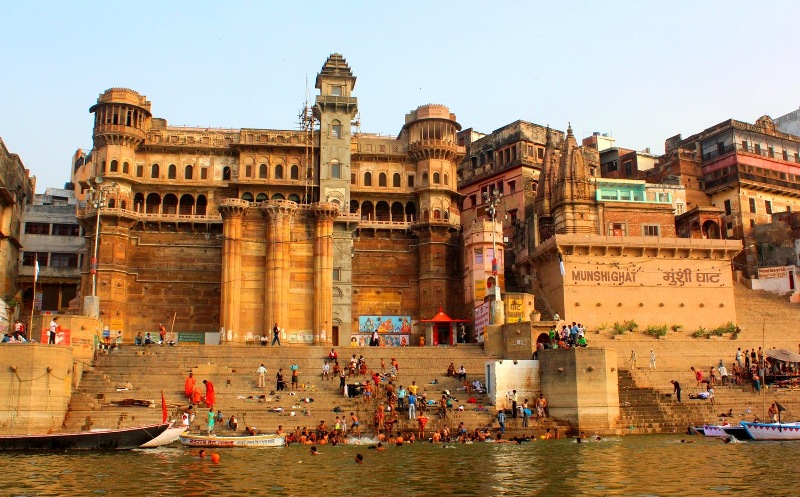
Significance: This is where the royal family of Bihar built a majestic palace in the early 19th century.
What to Do: Relish in the artistic appeal of architecturally impressive structures surrounding the ghats.
- Assi Ghat
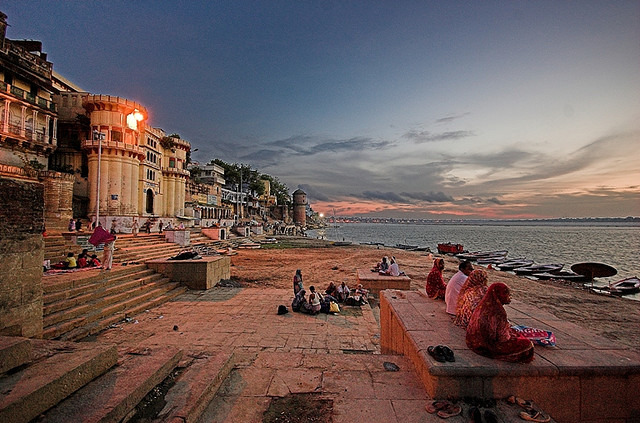
Significance: This is where river Ganges meets river Assi.
What to Do: Take a holy dip in the refreshing waters, perform ‘pooja’ at the Shiv Linga, check out the nearby shops and cafes (You’ll find awesome pizza and pasta at Vaatika Cafe) and enjoy your long stay at the nearby motels.
- Chet Singh Ghat
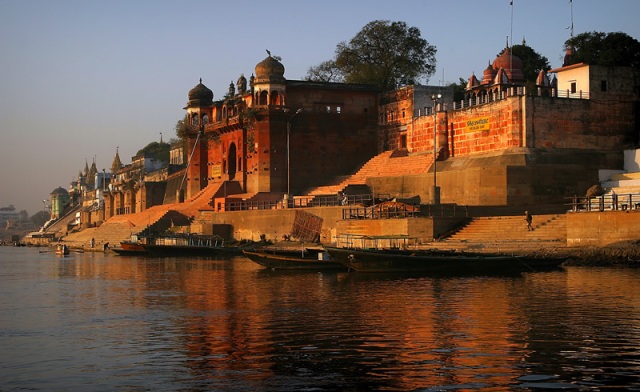
Significance: During 18th century, a battle was fought between the British and Maharaja Chet Singh for Indian independence.
What to Do: Click beautiful pictures on the fleet of steps leading to the river below.
- Man Mandir Ghat or Someshwara Ghat
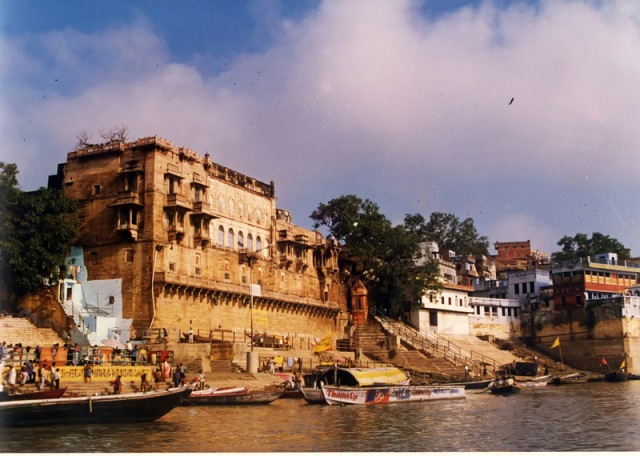
Significance: It was built by King Sawai Man Singh II in 1730. It’s an exquisite example of royal Rajputana architecture.
What to Do: Visit Man Singh’s observatory where you can take a look at antique astronomical instruments. Head to terrace area to take amazing selfies with river Ganges in the background.
- Lalita Ghat
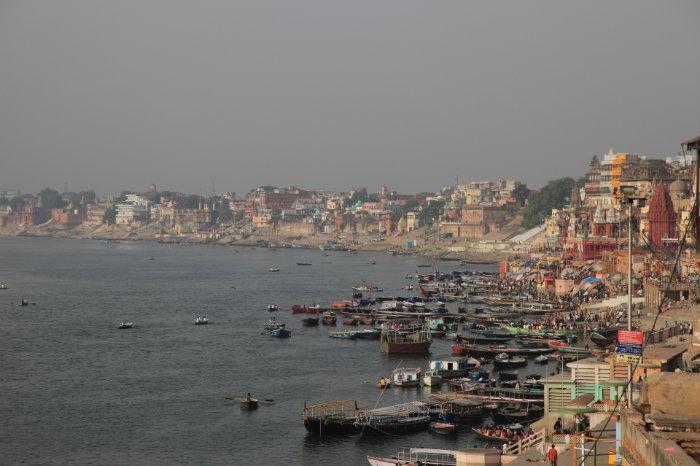
Significance: It was built by Rana Bahadur Shah of Nepal during his exile in Varanasi. The king wanted to construct a replica of Pashupatinath Temple on the riverside hence, he made this ghat.
What to Do: Visit a the Lalita temple that is dedicated to Adi-Shakti.
- Manikarnika Ghat or the Burning Ghat
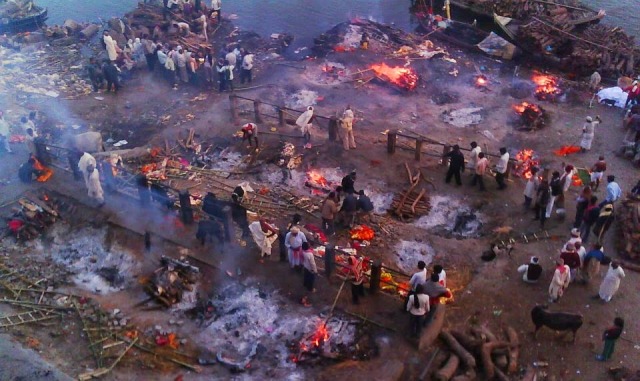
Significance: This is where the Hindus cremate maximum dead bodies, as they believe that it’ll liberate the souls of the dead from the vicious cycle of death and rebirth, thus offering them eternal peace.
What to Do: If you don’t have a weak heart, you can witness the process of Hindu cremation. Meditate and activate your energy chakras.
- Lolark or Tulsi Ghat
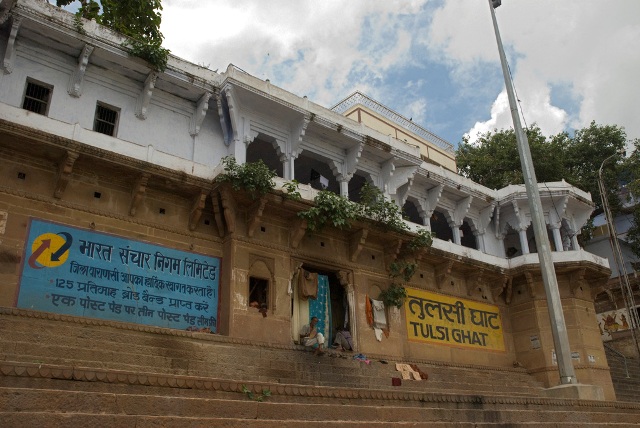
Significance: This is where Tulsidas, the great Indian saint-poet wrote the “Ramcharitramanas”. Legends believe he spent a major part of his life on this Ghat.
What to Do: Visit the Hanumana Temple nearby where the original copy of Ramcharitramanas was preserved, until it was stolen in 2011.


